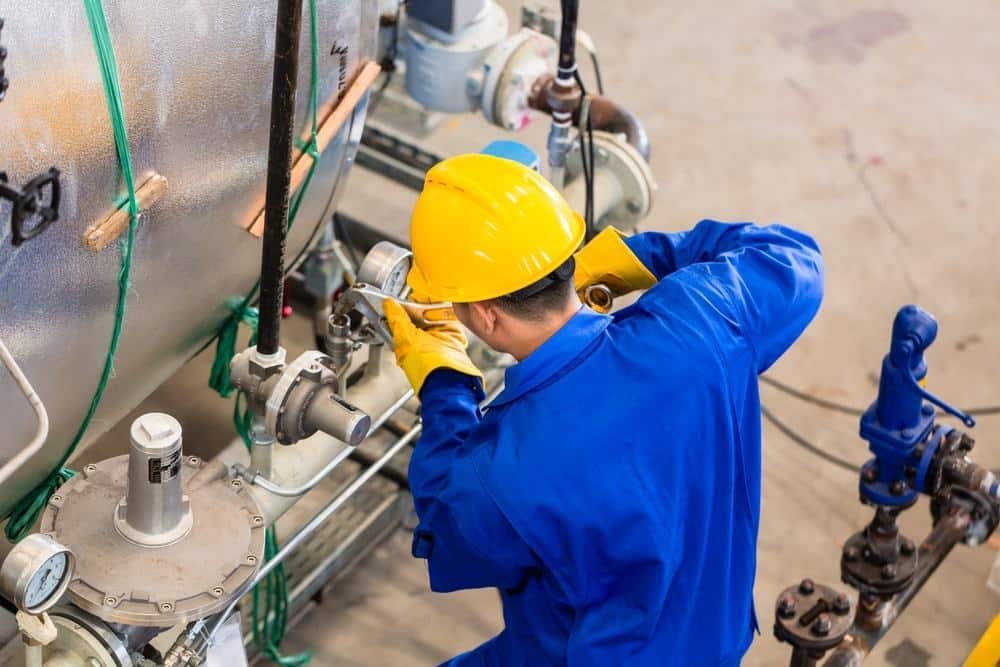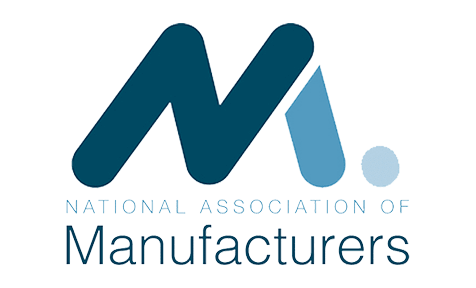Are you looking for ways to make sure your parts cleaning system is operating at its peak performance and lasting as long as possible? Regular maintenance is key to keeping your parts cleaning system running smoothly and ensuring it lasts as long as possible. In this blog post, we’ll be discussing the importance of regularly maintaining your parts cleaning system, providing general best practices for doing so, and giving tips for getting the most out of your system. With these tips, you can ensure your parts cleaning system is always running optimally and extending its lifetime.
How Do you Extend the Life of Your Parts Washer?
A scheduled parts washer maintenance service plan will not only help your system perform better but will also help extend the life of your machine. Customers should service their parts washer routinely at the following regularly scheduled intervals: daily, weekly, monthly, quarterly, and yearly. Given that, we have outlined a few general best practices to follow for each interval. However, please refer to your machine’s User Manual for instructions specific to your machine model.
Purchasing a new parts washer is an investment built to last you for years, and a good parts washer maintenance plan can ensure that it will. Just like your automobile, machines require routine maintenance and cleaning to keep it operating at peak performance. Parts washers remove dirt, grease, grit, grime, oil, and other contaminants from parts and equipment to clean them in preparation for their use in manufacturing, assembly, processing, and packaging operations. However, the contaminants they remove do not simply disappear; it settles in the tank, hindering the machine’s performance.
What Is The Importance of Regular Maintenance for Your Parts Cleaning System?
Regular maintenance is crucial for the optimal performance and longevity of your parts cleaning system. By implementing a consistent maintenance routine, you can ensure that your system operates at its highest efficiency and prolong its lifespan.
One of the key reasons why regular maintenance is important is to prevent the buildup of contaminants in your parts cleaning system. Over time, dirt, debris, and oils can accumulate in the system, leading to decreased cleaning effectiveness and potential damage to the parts being cleaned. By regularly cleaning and inspecting the system, you can remove these contaminants and ensure that your parts are thoroughly cleaned.
Additionally, regular maintenance can help identify and address any potential issues before they escalate into major problems. By inspecting components such as filters, pumps, and nozzles, you can detect any signs of wear or damage and take the necessary steps to repair or replace them. This proactive approach can prevent costly breakdowns and minimize downtime.
Furthermore, regular maintenance can improve the overall safety of your parts cleaning system. By checking for any leaks, loose connections, or faulty electrical components, you can mitigate the risk of accidents or malfunctions that could potentially harm operators or damage the equipment.
What are the Benefits of Preventative Maintenance for your Parts Washer?
Regular maintenance for your parts cleaning system offers several benefits that can significantly improve the performance and longevity of your equipment.
Firstly, regular maintenance ensures that your parts cleaning system is operating at its optimal level. By conducting routine checks and servicing, you can identify and address any potential issues before they become significant problems. This proactive approach prevents unexpected breakdowns and reduces downtime, keeping your cleaning system up and running efficiently.
Secondly, regular maintenance helps to extend the lifespan of your parts cleaning system. Regularly inspecting and cleaning your equipment can prevent the build-up of dirt, grime, and other contaminants that can cause wear and tear. This reduces the risk of premature failure and costly repairs or replacements.
Additionally, regular maintenance improves the overall effectiveness of your parts cleaning system. Keeping all components in good working order ensures that your cleaning solution remains at the proper temperature, pressure, and chemical concentration levels. This enhances the cleaning performance, resulting in cleaner and more efficient parts.
Lastly, regular maintenance helps to maintain the safety of your parts cleaning system. Checking and replacing worn-out parts reduces the risk of accidents or injuries due to faulty equipment.
What are the Common Signs of a Parts Cleaning System in Need of Maintenance?
A well-maintained parts cleaning system should run smoothly and effectively, but over time, wear and tear can cause issues that require attention. Here are some common signs that your parts cleaning system is in need of maintenance:
- Decreased Cleaning Performance: If your parts are not coming out as clean as they once did, it may be time to perform maintenance on your cleaning system. This can include changing out the cleaning solution or cleaning the filters to improve performance.
- Strange Noises: Unusual sounds such as grinding or screeching could indicate a mechanical problem that needs to be addressed. Check for loose parts, worn-out bearings, or other potential issues.
- Foul Smells: If you notice an unpleasant odor coming from your cleaning system, it could indicate a buildup of bacteria or other contaminants. Cleaning or replacing the solution and sanitizing the tank can help eliminate the odor.
- Leaking or Rusting: Leaking tanks or rusting parts indicate wear and tear that need to be addressed immediately. A leak can cause damage to the machine and create a safety hazard, while rusting parts can compromise the effectiveness of the system.
By keeping an eye out for these common signs of a parts cleaning system in need of maintenance, you can stay ahead of potential problems and ensure optimal performance and longevity for your equipment.
What is a Recommended Parts Washer Maintenance Schedule?
Daily
- Check the water levels in each tank: Customers must ensure the water level is always full; otherwise, the heating element and pump motor may be damaged during operation.
- Clean any clogged spray nozzles: Clogged nozzles block the water spray, impeding flow and the machine’s performance. Position nozzles in a specific direction to focus the spray pattern for optimal cleaning. Please take note of the nozzles’ spray angles before removing them for cleaning to ensure you place them back in their proper position.
- Clean out the removable filter/chip basket: Remove any debris caught in the basket from the spray cycles.
- Adjust the detergent concentration as needed: Improper detergent concentration levels can result in poor cleaning results.
- Run the oil skimmer: The oil skimmer removes surface oil and increases the longevity of the solution by preventing it from getting saturated with oils.
- Wipe down the machine: If any solution spills onto the painted surfaces, wipe it off with fresh water; otherwise, it may damage the metal finish.
- Leave the door cracked after use: Leave the door slightly ajar to prolong machine life.
Weekly
- Check the oil skimmer container: Empty the oil skimmer container if it is full.
- Clean the tank and remove sludge: Sludge build-up can corrode the tank metal and insulate heaters, causing poor heat transfer or even burning up the heaters. The precise schedule recommended for tank cleaning and sludge removal varies between businesses and types of applications. The cleanout schedule is based on your tank size, cleaning volume, and the amount of contamination on your parts. You should clean the tank when it has accumulated more than 1″ of sludge at the rear of the tank. Customers can find specific instructions on how to remove the sludge in your machine user manuals. Please reference and follow local guidelines to dispose of the sludge waste you remove.
Monthly
- Check all external hoses: Check hoses for leaks or weaknesses and replace if necessary. Check these hoses during a wash or rinse cycle to see if a bubble forms in the hose lining.
- Tighten wires, nuts, bolts: Tighten any loose wires in the control box. Also, tighten any nuts and bolts that may have worked loose during usage to minimize wear and tear.
- Check lubrication: For turntable systems, check if the grease cup needs to be refilled and grease the bearing base fitting.
Quarterly
- Check door gaskets: Check door gaskets for wear and replace if necessary.
- Lubricate parts: Refill grease cup; grease pumps and bearings to help keep them running smoothly
Yearly
- Remove old grease: Oxidation reduces the service life of lubricating grease. Remove old grease and clean bearings to remove old and hardened grease, then apply new grease.
- Perform a complete preventative maintenance service on the unit. BE offers additional preventive maintenance plans to keep your machine in proper working form, preventing unexpected and costly downtime affecting your productivity and profit.
Regularly inspecting the main parts of your machine, cleaning out debris, and proper machine usage help you avoid significant maintenance issues later, extend the life of your parts washer, and protect your investment.






